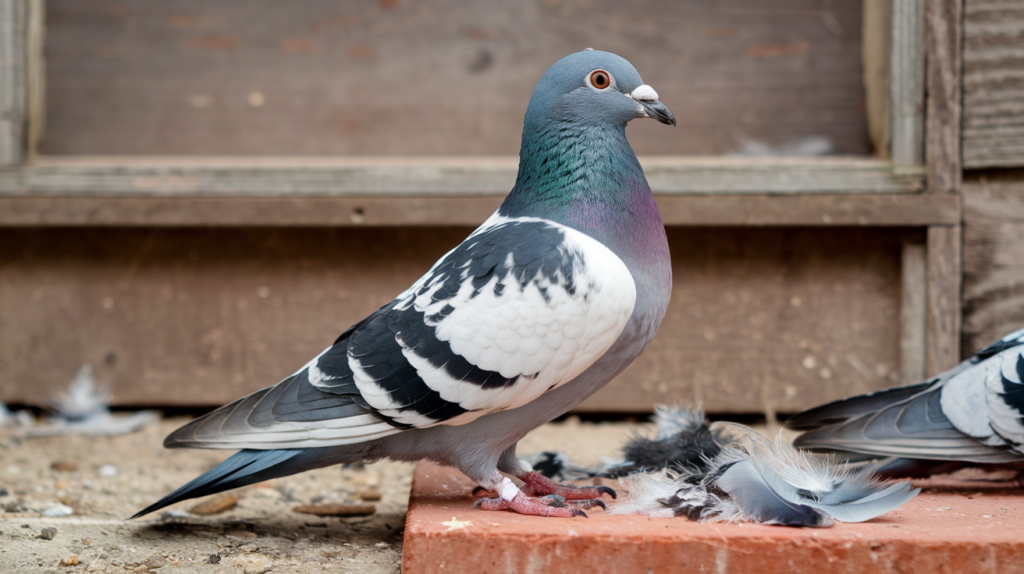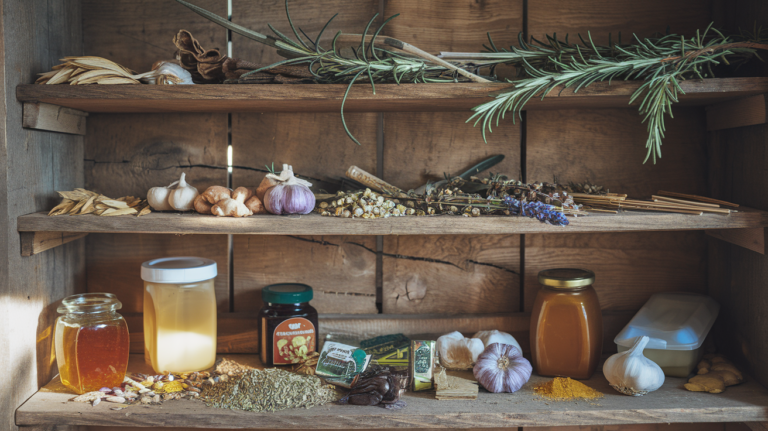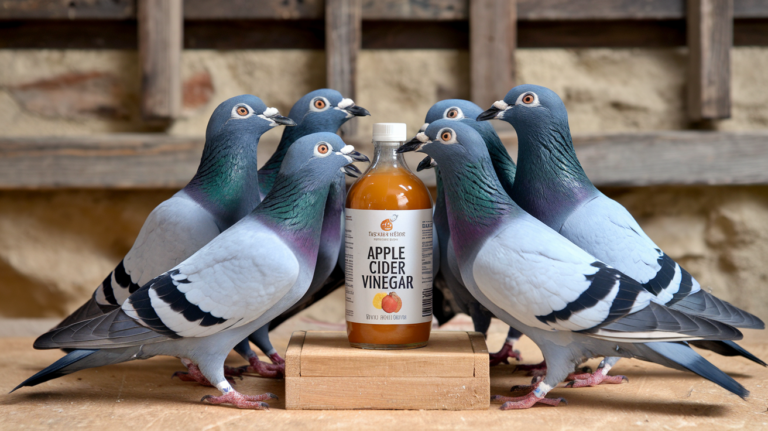
When the racing season winds down, many fanciers shift focus to another critical part of the racing calendar—the molt. One of the most common questions during this period is: “Is it good to keep my race birds closed up during the molt months to speed up their molt and only let them out twice a week?” In this article, we’ll dive deep into this topic and explore whether confining your birds is the right approach, what the molt really demands, and how to create the optimal environment for feather replacement. This is a vital part of proper molt management in racing pigeons.
Let’s talk molt strategy the smart way.
Understanding the Racing Pigeon Molt Cycle
Molting is a natural and essential process where pigeons shed old feathers and grow new ones. It typically begins after the racing season and lasts for several months. During this time, the bird’s energy shifts from high-performance flight to feather renewal.
Proper molt management in racing pigeons is vital for producing healthy, strong, and aerodynamic feathers that will serve your birds in the next racing season.
The Common Practice: Keeping Birds Closed Up
Many fanciers choose to keep their birds closed up in the loft for most of the molt months. The theory is that by minimizing energy expenditure, the birds can channel more nutrients and energy into feather growth, leading to a faster, smoother molt.
Others believe some limited outside time is beneficial, allowing for movement, fresh air, and mental stimulation without compromising the molt.
So what’s the best approach?
Benefits of Keeping Birds Closed Up During Molt
1. Reduced Energy Output Means Faster Molt
When birds aren’t flying daily, they conserve energy that can be redirected toward feather development. This is particularly helpful during the heavy molt stages when the body demands high amounts of protein, minerals, and amino acids.
2. Prevents Feather Damage
Frequent flying, especially in windy or wet conditions, can cause wear and tear on growing feathers. Keeping birds inside helps protect these developing feathers and ensures their quality isn’t compromised.
3. Easier Loft Management
When birds are kept in the loft, it’s easier to monitor their feeding, supplement intake, and general condition. You can ensure each pigeon gets its fair share of nutrients without competition from excessive exertion.
4. Controlled Molt Environment
With birds inside, you can maintain a consistent environment—reducing temperature fluctuations and minimizing stress, both of which can negatively affect the molt process.
Downsides of Keeping Birds Closed All the Time
While there are advantages, there are also considerations that every fancier should keep in mind:
1. Lack of Exercise Can Lead to Fat Gain
Pigeons that remain confined for weeks without flight may start accumulating fat, which can be a disadvantage when pre-season training begins.
2. Loss of Muscle Tone and Fitness
Too little exercise can lead to decreased muscle tone. Even though molting is a rest phase, your birds still need to maintain basic physical condition.
3. Mental Stimulation and Wellbeing
Pigeons are intelligent creatures. A complete lack of outside time can lead to boredom, stress, or even pecking behaviors inside the loft. Occasional open loft can help relieve that.
The Balanced Approach: Confinement + Limited Free Time
Based on expert practice, one of the most effective strategies is a balanced one: keep your race birds mostly closed during molt months but let them out twice a week for short flights.
This method allows you to:
- Preserve energy for molting
- Prevent feather damage from over-flying
- Maintain respiratory health and circulation
- Support mental stimulation and loft loyalty
A couple of short free loft sessions per week, especially in good weather, will not delay the molt—but will support overall bird wellbeing and contribute to optimal molt management in racing pigeons.
Feeding Strategy During the Molt
Whether your birds are flying or not, nutrition is the cornerstone of a successful molt. Your feeding should focus on:
- High-protein feed mix (16–18%) to support feather regeneration
- Amino acid supplements like methionine and lysine
- Minerals and grit daily to support bone and feather structure
- Vitamins A, D, E, and B-complex for overall health
- Brewer’s yeast, garlic oil, and molasses (optional) for vitality
Make sure fresh water is available at all times, and adjust feed amounts to match activity levels so birds don’t become overweight.
Best Practices for Loft Conditions During Molt
- Keep lofts clean, dry, and well-ventilated
- Avoid drafts and dampness, which can affect feather quality
- Provide perches and spacing to avoid crowding stress
- Bathe birds regularly—clean feathers molt better
Final Thoughts: Is It Good to Keep Birds Closed Up During Molt Months?
Yes—it’s a common and effective strategy to keep birds confined during molt months. It promotes better feather quality, speeds up molt progress, and gives you better control over nutrition and loft management.
But the most successful fanciers take a balanced approach, allowing light open loft time 1–2 times per week. This keeps the birds happy, slightly active, and mentally stimulated—without slowing down the molt process.
If you pair this with excellent feeding, supplementing, and loft hygiene, you’ll set your race team up for a strong start next season with sleek, powerful feathers and well-conditioned bodies. That’s the essence of smart molt management in racing pigeons.








